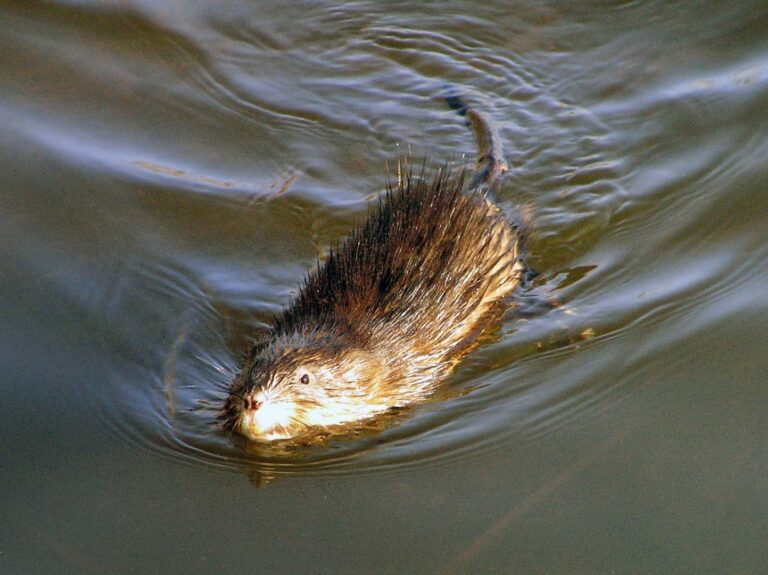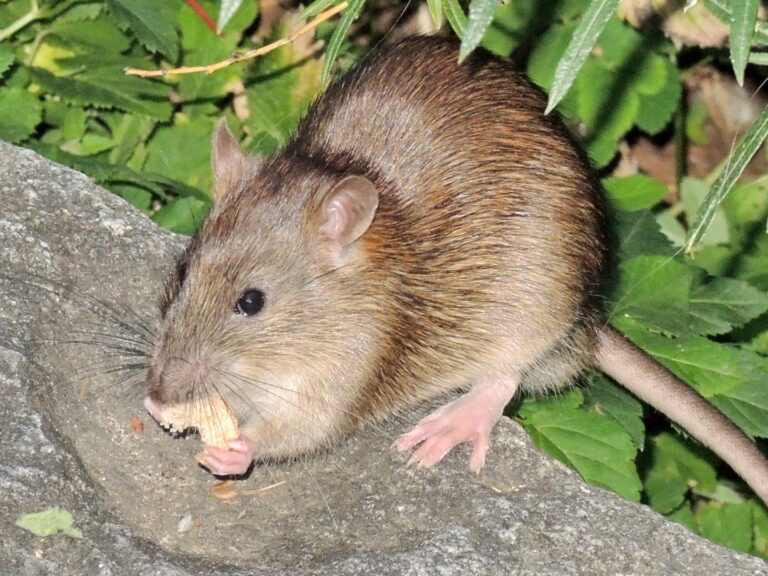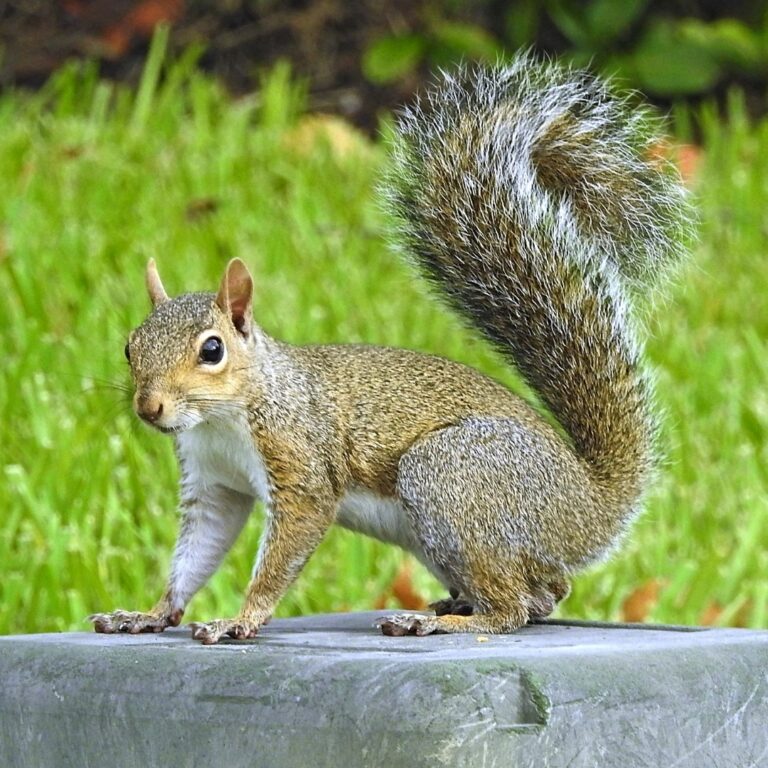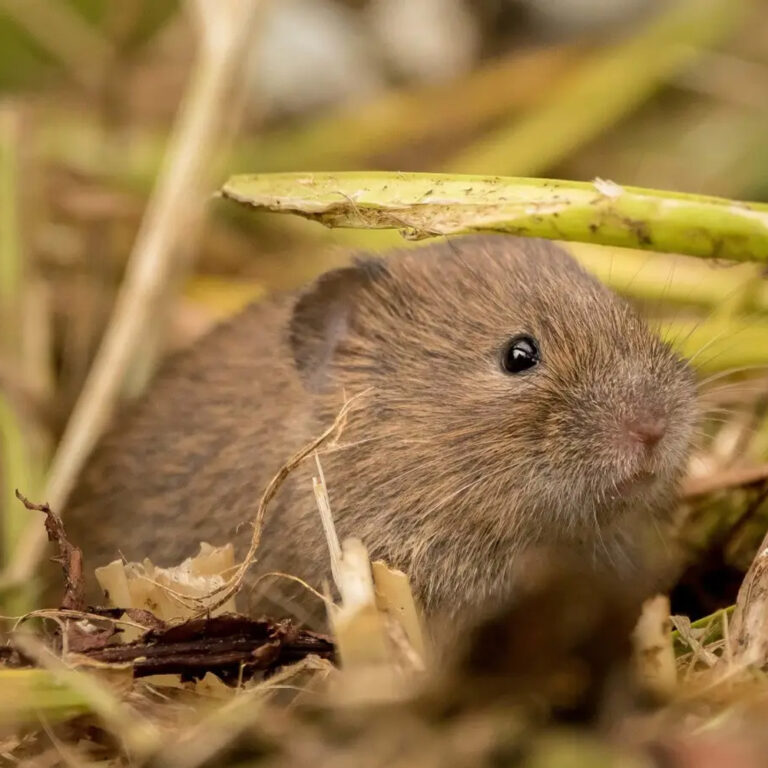Mice
What is a Mouse?
The house mouse (Mus musculus) is a small rodent known for its ability to adapt and survive in various environments, including human homes. Omnivorous, it eats almost anything, including grains, fruits, and food scraps, making it an unwelcome visitor in our kitchens and pantries. Mice are also known for their rapid reproduction rate, which can quickly turn a small incursion into a major infestation.
How to Identify Mice?
Mice, with their small size, have a distinctive profile characterized by a slender body, proportionally large ears compared to their head, and a long, thin tail that can be almost as long as their body. These rodents leave telltale signs of their presence, including droppings characterized by pointed ends, and grease marks or rub marks along walls and baseboards, which are indicators of their frequent movements.
Additionally, scratching sounds and the scurrying noises within walls or ceilings at night often signal the presence of these unwelcome guests. These nocturnal manifestations can not only disturb the sleep of residents but also indicate the start of a more serious infestation, necessitating swift intervention to prevent proliferation.
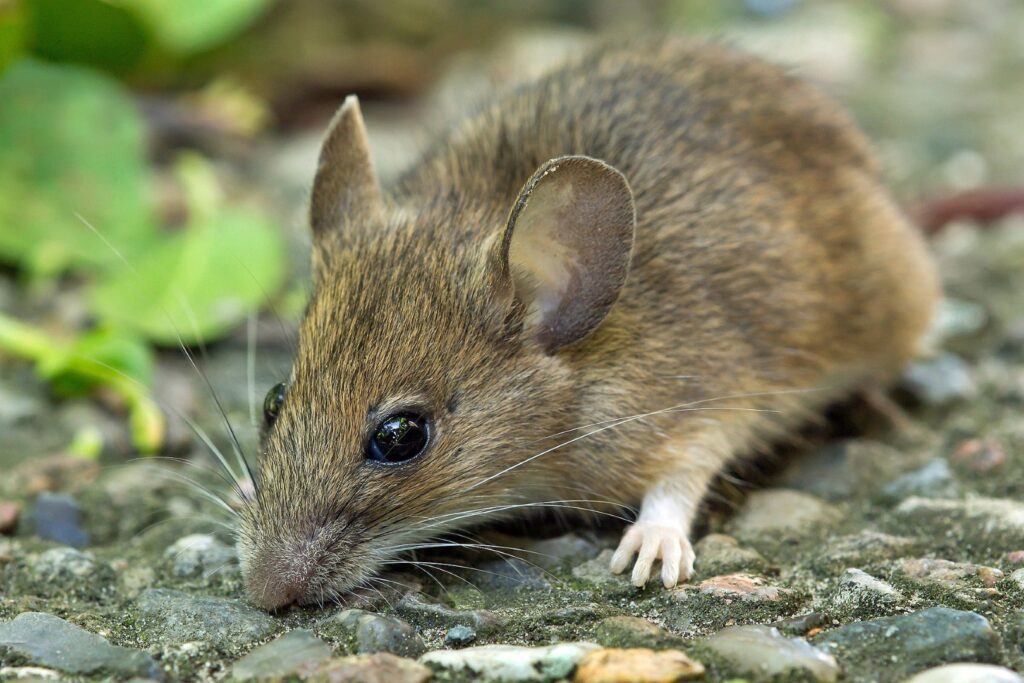
Additional Information on Mice
Pest Type
The house mouse is an agile and adaptable mammal capable of living in a wide variety of environments, but showing a preference for habitats that offer food and shelter, such as human dwellings.
Appearance
House mice are small with a slender body, proportionally large ears, and a long, thin tail that can be almost as long as their body.
Lifespan
On average, mice live up to 2 years in the wild, but their lifespan can vary depending on environmental conditions and the presence of predators.
Habitat
Mice easily adapt to human-created environments, finding refuge in residential and commercial structures where they have access to food and hiding places.
Diet
Their omnivorous diet allows them to consume a wide variety of foods, but they prefer grains, fruits, and food scraps, often leading them into kitchens and food storage areas.
Life Cycle
The rapidity of their reproductive cycle, with gestations of 20 days producing 5-6 young per litter and the ability to have multiple litters per year, makes mouse infestations particularly challenging to control without professional intervention.
Do I Have a Mouse Problem?
The presence of mouse droppings, damage to food packaging, or signs of nesting are clear indicators of an infestation. Exterminapro can help you assess the extent of the problem and propose adequate solutions.
Signs of a Mouse Infestation
- Mouse Droppings: These excrements are a clear indicator of mouse presence. Their size, shape, and location can help assess the severity of the infestation and the primary activity areas of the mice.
- Material Damage: Mice have continuously growing incisor teeth, prompting them to gnaw on various materials to keep them in check. Damage to insulation, electrical wires, and food packaging is not only destructive but can also present safety hazards.
- Mouse Nests: Often built in isolated, warm places, nests are made from soft materials like insulation, paper, or fabrics, indicating nesting and breeding areas.
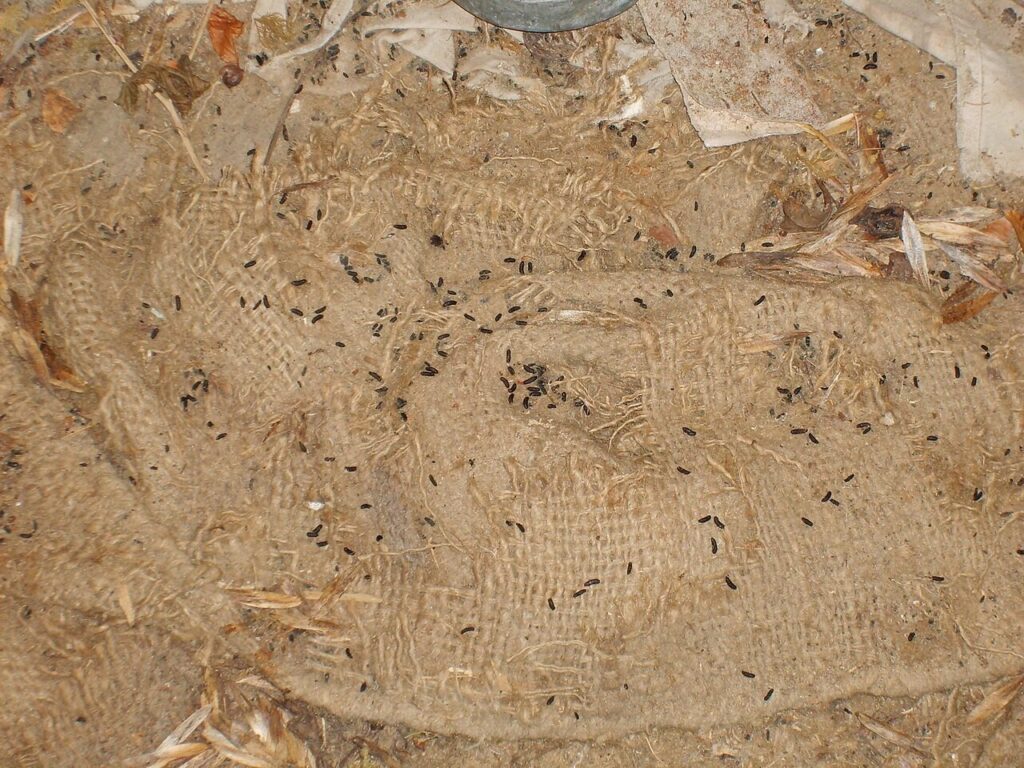
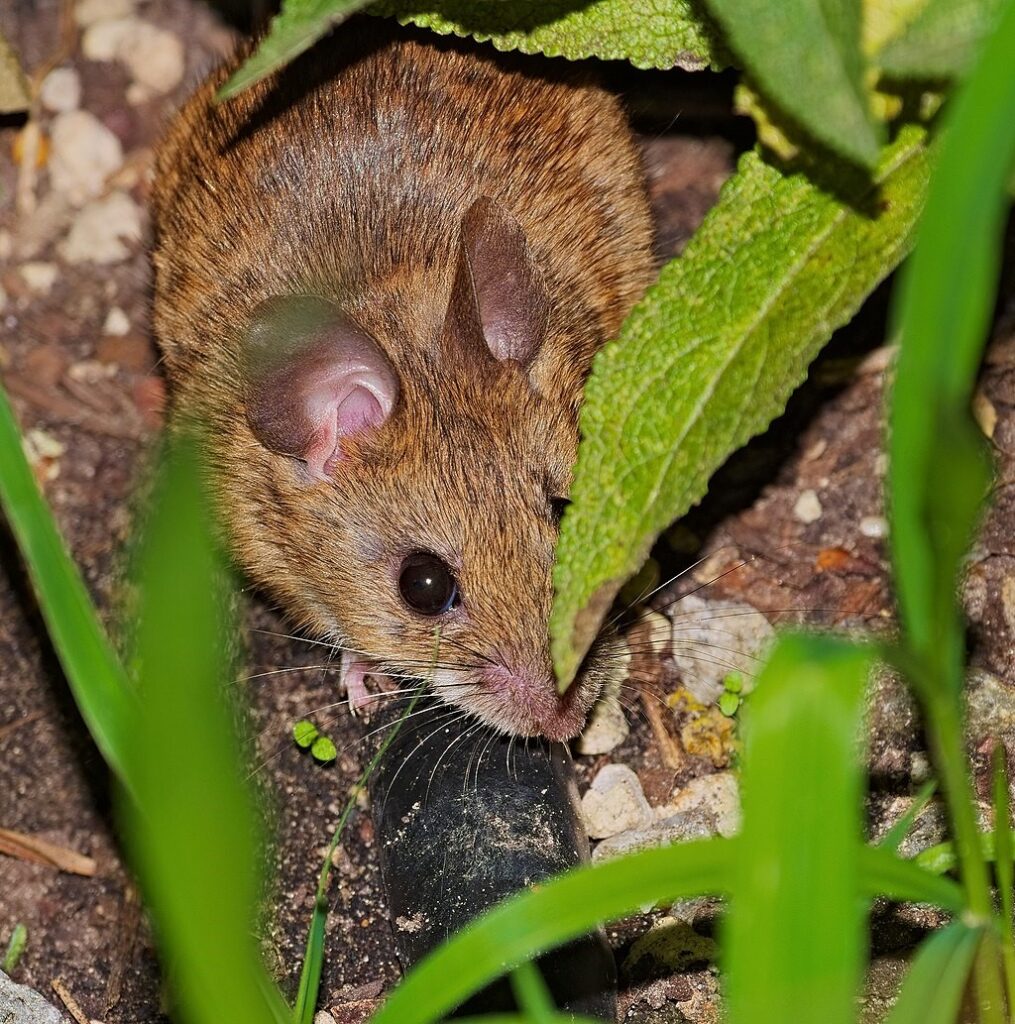
Risks Associated with Mice
In addition to causing significant damage to building structures, electrical cables, and food supplies, mice pose substantial health risks. They are carriers of infectious diseases such as leptospirosis and salmonellosis, which can be transmitted to humans through direct contact with rodents, their droppings, urine, or by contaminating kitchen surfaces and food. The presence of mice can also attract other predators into homes, such as snakes, large insects, and some small predators like weasels, in search of these small mammals as prey.
This chain of attraction can worsen the pest problem and endanger the health and safety of the occupants. In the face of these threats, Exterminapro’s intervention is crucial. By opting for our professional extermination services, you choose an effective and safe solution to eliminate mice and protect your living environment from the damage and health risks they pose.
Treatments to Get Rid of Mice
Exterminapro uses proven methods such as trapping, the use of rodenticides, and exclusion to eliminate mice and prevent their return.
Preventing Mouse Infestations
- Eliminating Food Sources: Ensure secure food storage in airtight containers and regularly clean dining areas to avoid attracting mice with food scraps.
- Securing Entries: Inspect your home to identify and seal cracks, holes, and other potential entry points with rodent-resistant materials like metal or concrete.
- Hygiene and Cleaning: A clean and well-maintained environment is less attractive to mice. This includes regular sweeping of floors, cleaning cupboards, and managing waste in well-sealed bins.
Types of Treatments to Control Mice
- Trapping: The use of mechanical or adhesive traps is an effective and often preferred method to capture mice without using poisons. These traps should be strategically placed near areas of frequent rodent activity and regularly checked to ensure effective population control.
- Rodenticides: The application of rodenticides must be carried out carefully and in a controlled manner, ideally by professionals. These chemical substances are designed to eliminate mice but must be used in a way that does not pose risks to humans, pets, and non-target wildlife.
- Exclusion: Modifying the habitat to make access to food and shelter more difficult is a key strategy to deter mice. This can include repairing cracks in walls, closing openings around pipes, and installing physical barriers to prevent their entry.
How to Permanently Eradicate Mice?
With Exterminapro, benefit from a personalized and effective approach to eliminating mice from your property. Our experts are ready to intervene to offer you a durable and safe solution.
Intervention Process
How Much Does It Cost?
Get a Free Estimate
The cost of mouse extermination depends on the extent of the infestation and the chosen methods. Contact Exterminapro for a free estimate and discover our tailored solutions for a mouse-free home.



